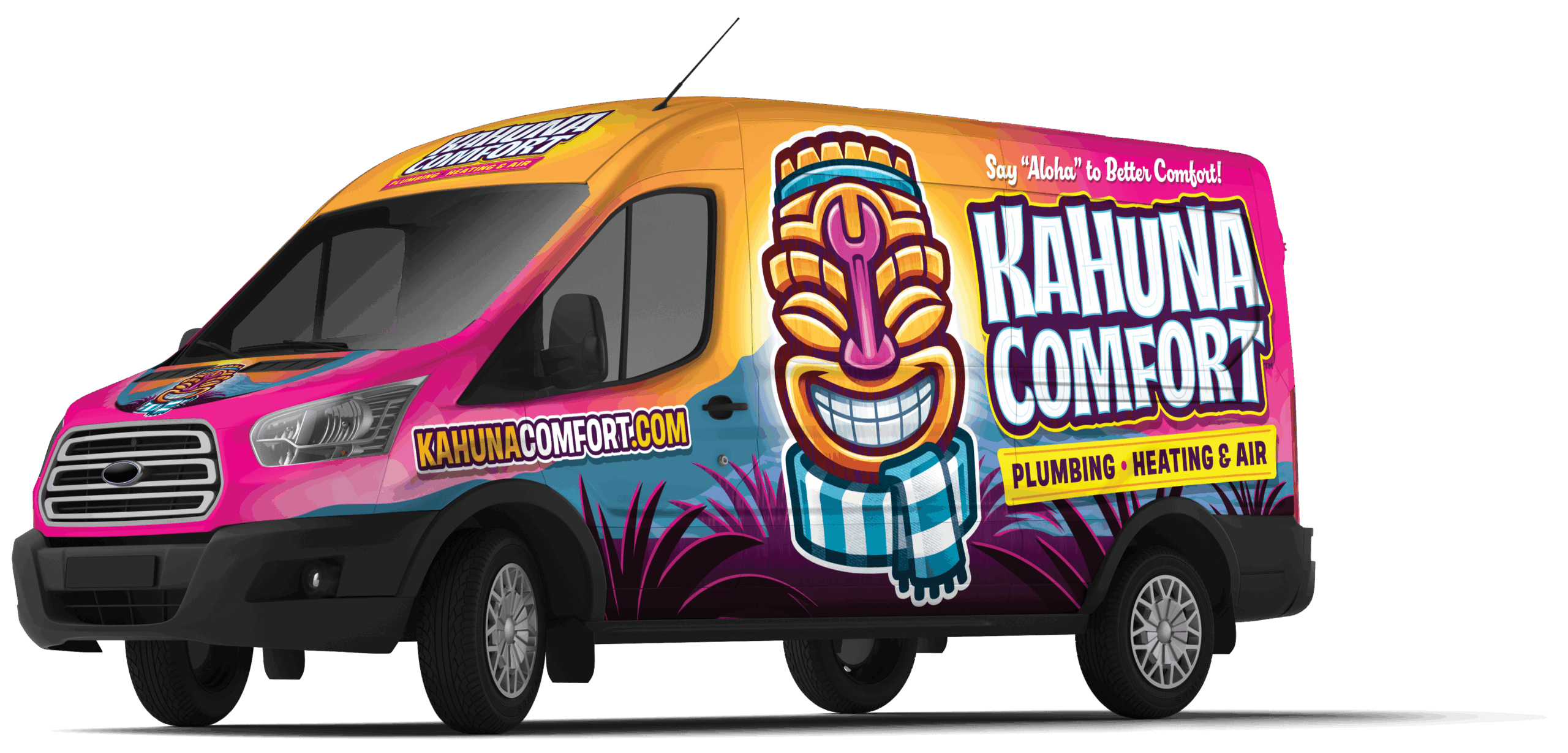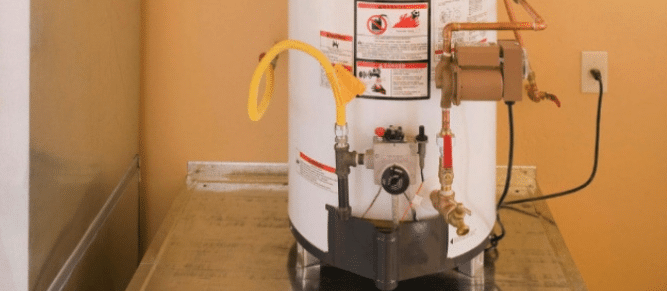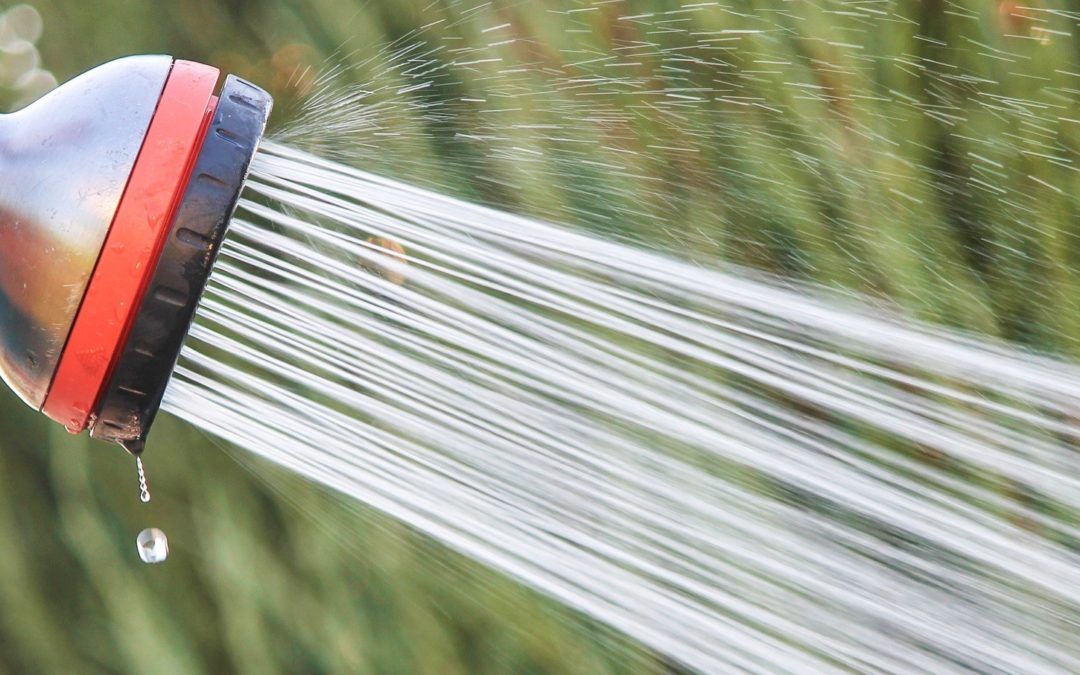Your AC Works, But Your Home Feels Humid – Here’s What’s Wrong
It’s the height of summer, and your AC is running full blast. The temperature in your home drops, but something still feels… off. The air is sticky, your furniture feels damp, and you’re breaking a sweat just sitting on your couch. Sound familiar? Excessive humidity can make your home uncomfortable even when your air conditioning is cooling effectively.
Humidity isn’t just a comfort issue—it can also lead to high energy bills, promote mold growth, and even damage your home. If you’ve been struggling with this frustrating problem, Kahuna Comfort is here to help. Based out of Anaheim, CA, we specialize in diagnosing and fixing indoor humidity problems so you can regain control of your home’s climate.
How Air Conditioners Handle Humidity
To understand why your home might still feel humid, it helps to know how air conditioners interact with moisture. Most AC systems don’t just cool—they also dehumidify.
Here’s how it works:
- When warm air from your home passes over the evaporator coil in your AC system, the coil cools it down.
- During this process, the coil simultaneously condenses moisture from the air, just like water droplets forming on a cold soda can.
- The condensed water then drains out of your system, leaving the air cooler and drier.
This process sounds simple on paper, but several factors need to work in harmony, like proper run-time, airflow, and drainage. When one of these components fails, it can throw humidity control out of balance.
Why Your Home Still Feels Humid
If your AC is working but the sticky air persists, here are some common culprits:
1. Short Cycling or Oversized System
An oversized AC unit cools your home too quickly and shuts off before it has time to dehumidify the air. This rapid “cool-warm-repeat” cycle means moisture doesn’t get a chance to be effectively removed.
Signs: Your home cools quickly but warms up just as fast. You may notice skyrocketing energy bills from frequent cycling.
2. Clogged Filters or Coils
Dirty air filters or evaporator coils restrict airflow, making it harder for your AC to condense moisture on the coils. The result? Less moisture is removed, leaving your home clammy.
Tip from Kahuna Comfort: Replace air filters every 1–3 months to prevent airflow restrictions.
3. Low Refrigerant Levels
Low refrigerant levels can cause your evaporator coils to freeze. When the frozen coils thaw, they release moisture back into the air instead of removing it.
Signs to watch for: Uneven cooling, longer run times, or puddles of water near your system.
4. Poor Airflow
Leaky ductwork, closed vents, or blocked return vents can impede airflow, preventing your system from dehumidifying as designed.
Pro Tip: Have an HVAC professional inspect ducts in your basement or attic for leaks.
5. Improper Thermostat Settings
If your thermostat fan is set to ON instead of AUTO, it may constantly circulate air—even when your AC isn’t running. This can reintroduce moisture into your home, undoing all the work your AC just did.
6. Ineffective Drainage or Condensate Backup
Clogged drain lines can cause water to accumulate inside your AC unit. When this happens, the accumulated condensate can re-evaporate, boosting indoor humidity.
Signs: Water pooling near your unit or occasional dripping sounds.
7. Lack of Dehumidification Equipment
Some homes, especially in humid climates, need a little extra help. Supplemental equipment like a whole-home dehumidifier can give your system the boost it needs to combat extreme moisture levels.
How to Diagnose the Problem
Identifying the root cause of humidity issues can be tricky, but that’s where Kahuna Comfort comes in. Here’s how we approach it:
- Check refrigerant levels and evaporator coil temperatures.
- Inspect airflow, including filters, coils, and blower motor functionality.
- Evaluate ductwork for leaks or blockages.
- Confirm thermostat settings for optimal dehumidification.
- Test condensate drain lines for clogs or backups.
Fixes That Work
Once we’ve diagnosed the issue, it’s time to implement solutions tailored to your needs:
- Short Cycling: Upgrade to a properly sized AC system or switch to a variable-speed unit for better runtime control.
- Airflow Issues: Replace clogged filters, clean dirty coils, and repair leaking or obstructed ducts.
- Low Refrigerant: Recharge refrigerant to manufacturer specs and repair leaks to prevent further issues.
- Drain Problems: Clear drainage lines and add a float switch or UV light to prevent future blockages.
- Thermostat Settings: Always set the fan mode to AUTO. Consider upgrading to a smart thermostat for enhanced humidity control.
- Add a Dehumidifier: A whole-home dehumidifier (removing 4–12 pints/day) can work wonders in especially humid climates.
Preventative Maintenance Tips
Keep your system in top shape with these simple habits:
- Schedule regular AC tune-ups to prevent coil buildup (a dirty coil can reduce performance by up to 30%).
- Replace filters every 1–3 months.
- Inspect and clean drain lines annually at the start of cooling season.
- Consider professional coil cleanings twice per year.
When Is It Time to Call Kahuna Comfort?
If you’re still battling persistent humidity, it’s time to bring in the experts. Reach out to Kahuna Comfort for a professional assessment if you experience any of the following:
- Consistently high humidity levels
- Visible mold or mildew
- Unusual noises or water leaks from your AC
- An aging system (10+ years old)
Our professional team proudly serves the Anaheim, CA area, offering expertise in fixing even the trickiest indoor climate challenges.
A Dry, Comfortable Home Starts Today
A cool home isn’t always a comfortable one, but with the right strategies in place, you can effectively manage indoor humidity and enjoy your space again.
Need help? Contact Kahuna Comfort today for a humidity check and HVAC tune-up. Together, we’ll create a cooler, dryer, healthier home for you and your family!




